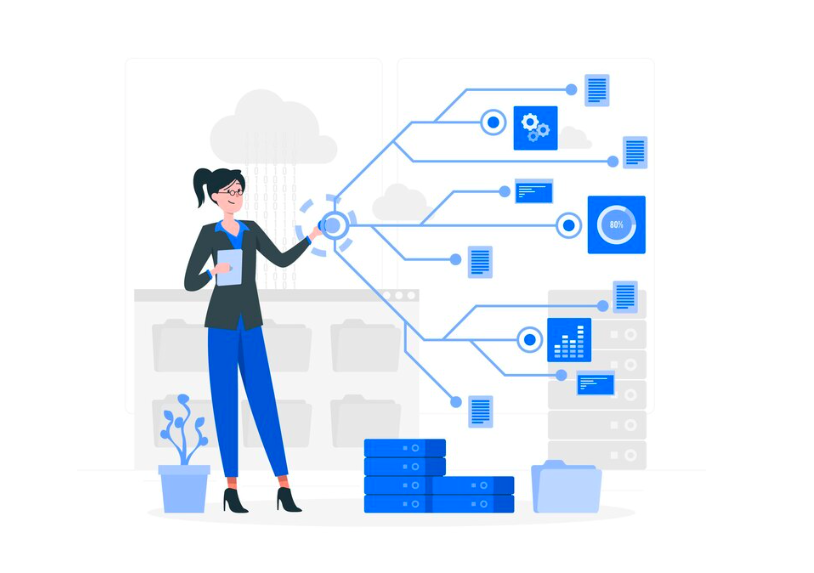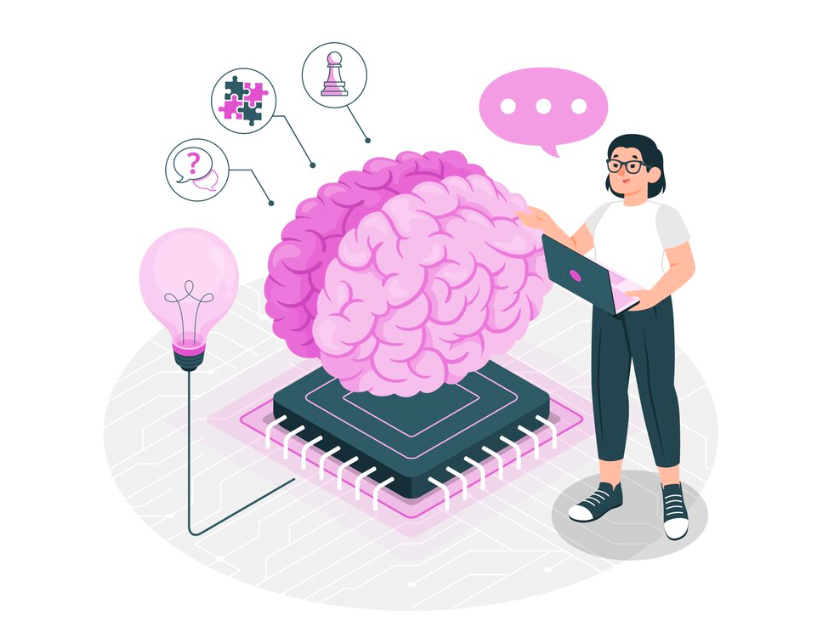In the vast landscape of machine learning and artificial intelligence, TensorFlow stands tall as a beacon of innovation and efficiency. Developed by the Google Brain team, TensorFlow has become synonymous with deep learning and is widely adopted for a variety of applications, ranging from image and speech recognition to natural language processing. In this blog, we will delve into the intricacies of TensorFlow, exploring its features, applications, and why it has become the go-to framework for many AI enthusiasts and professionals.
Understanding TensorFlow:
TensorFlow, an open-source machine learning library, is designed to facilitate the development and training of deep neural networks. It allows users to create intricate models for various tasks, providing a flexible platform that supports both beginners and seasoned machine learning practitioners.
Key Features of TensorFlow:

TensorFlow’s Graph Computation Model:
At the core of TensorFlow lies its graph computation model, where mathematical operations are represented as nodes in a graph. This not only facilitates efficient computation but also enables easy optimization and parallelization of tasks.
Scalability:
TensorFlow is built with scalability in mind. It can seamlessly transition from running on a single device to distributed computing across multiple GPUs and CPUs. This scalability makes it suitable for both small-scale experiments and large-scale production deployments.
Versatility:
TensorFlow is versatile and supports a wide array of platforms, including desktops, mobile devices, and cloud-based solutions. This flexibility allows developers to create and deploy models across various environments.
High-level APIs and Abstractions:
TensorFlow provides high-level APIs such as Keras, which simplifies the process of building and training neural networks. This abstraction allows developers to focus on model design rather than getting bogged down by low-level implementation details.
Applications of TensorFlow:

Image and Speech Recognition:
TensorFlow has proven instrumental in developing models for image and speech recognition. Its robust architecture enables the creation of accurate and efficient models, making it a preferred choice for applications like facial recognition and voice assistants.
Natural Language Processing (NLP):
With the rise of chatbots, language translation, and sentiment analysis, TensorFlow has become a pivotal tool in the field of NLP. Its ability to handle complex language structures and semantics makes it a valuable asset in processing and understanding human language.
Predictive Analytics:
TensorFlow finds extensive use in predictive analytics, helping businesses make informed decisions by analyzing patterns and trends within their data. From financial forecasting to demand prediction, TensorFlow’s capabilities extend across various industries.
In the ever-evolving realm of artificial intelligence and machine learning, TensorFlow stands as a testament to the power of open-source collaboration and innovation. Whether you’re a beginner exploring the fundamentals of deep learning or a seasoned professional developing cutting-edge AI applications, TensorFlow provides the tools and flexibility needed to bring your ideas to life. Embrace the potential of TensorFlow, and embark on a journey where the boundaries of what’s possible are continuously being redefined.





